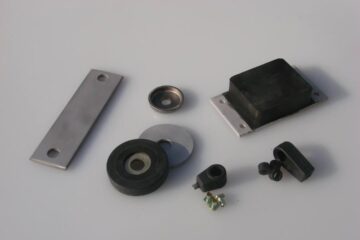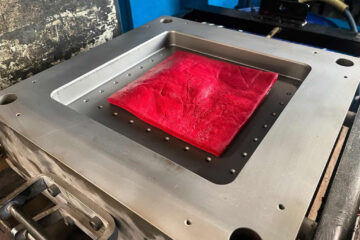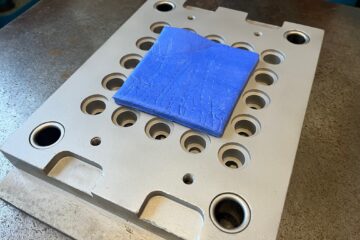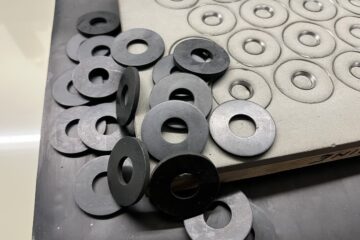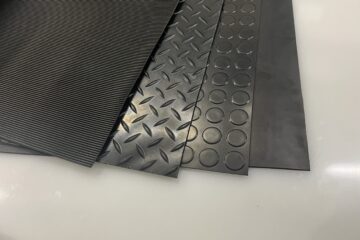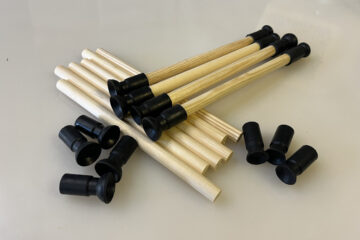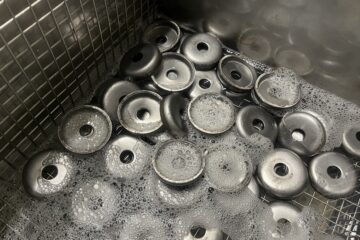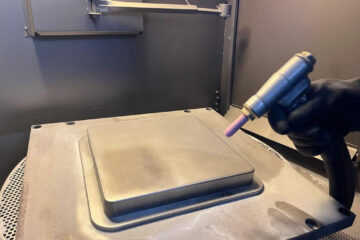Processes
Rubber to Metal Bonding
Rubber to metal bonding during the vulcanisation stage is a common process used in various industries, ranging from automotive to manufacturing. This method creates a strong and durable bond between the rubber component and metal substrate, providing resilience, flexibility, and stability in diverse applications. The vulcanization process plays a crucial Read more…
